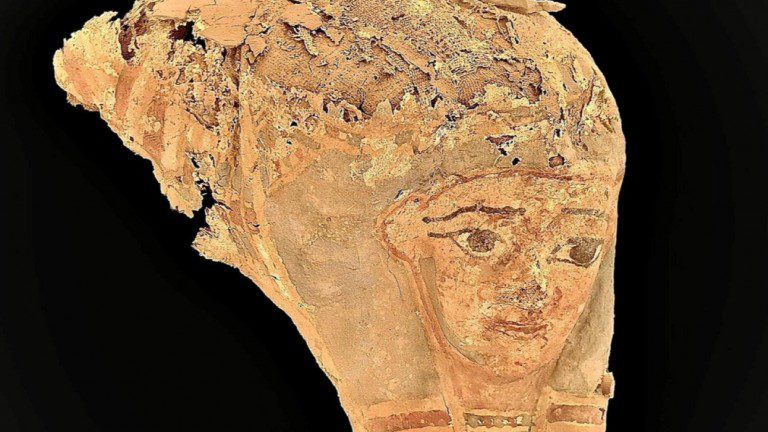An Egyptian-Italian archaeological expedition has discovered 33 Greco-Roman family tombs on the west bank of the Nile in the southern city of Aswan, Egypt’s Ministry of Tourism and Cultural Monuments announced.
The find sheds light on the diseases that the region’s inhabitants suffered from during this era.
The newly discovered tombs are part of a funerary complex, spread over ten terraced levels, dating from the 6th century BC. to the 3rd century AD Some of them have arched entrances preceded by brick-walled courtyards, while others are carved straight into the rocks.
Among the finds are the remains of mummies, fragments of colorful terracotta figures, sarcophagi of stone and wood, tables for offering gifts.
The scientists performed anthropological and radiological analyzes to determine the sex, age and possible illnesses and injuries of the tomb owners.
It turns out that between 30 and 40 percent of those buried in the complex were very young – from newborns to young adults.
Some of them suffered from infectious diseases or metabolic disorders. Signs of anemia, nutritional deficiencies, tuberculosis, osteoarthritis were found.
Photo: Ministry of Tourism and Cultural Monuments of Egypt.












